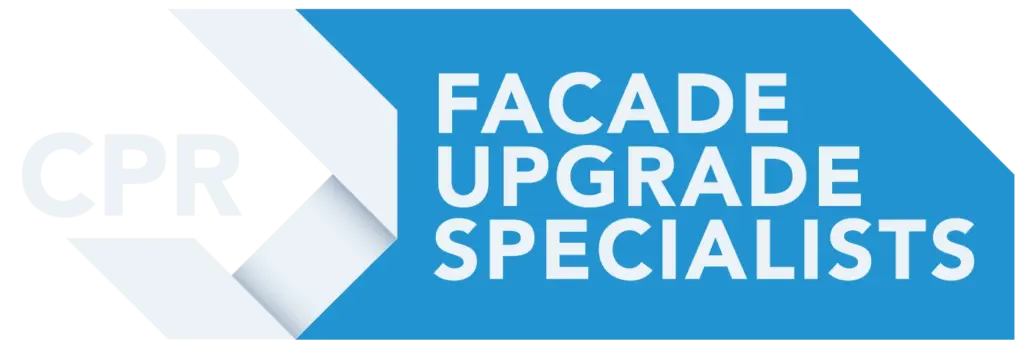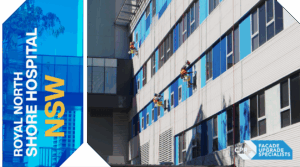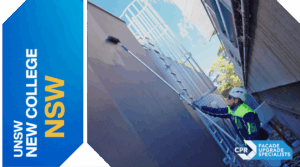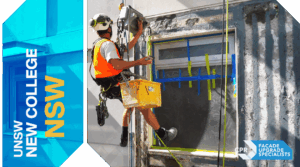When a builder goes bust, the immediate concern for owners and strata committees is the financial and logistical mess left behind. But there’s a hidden, far more dangerous threat that often goes unnoticed—latent defects. These silent structural problems can lie dormant for years before revealing themselves in the form of leaks, cracking concrete, unsafe balconies, or even full facade failure.
In this article, we’ll unpack why abandoned or unfinished buildings in Australia are fast becoming ticking time bombs of latent defects, what your legal and financial options are, and how CPR’s Scaffold-Free™ remediation systems and SKY-FIMMS™ technology offer a path to reclaiming both safety and peace of mind.
The Fallout of a Builder Gone Bust
When a builder becomes insolvent or abandons a project, the immediate fallout often includes halted works, unpaid subcontractors, and unfinished or uncertified buildings. But for strata committees and property owners, the real crisis starts long after the builder’s departure.
Unfinished or poorly completed works are a breeding ground for latent defects in construction—hidden issues that may not surface until years later. These can include:
- Defective waterproofing and membranes
- Concrete spalling or “concrete cancer”
- Inadequate structural reinforcements
- Poor facade installations or window sealing
- Fire safety non-compliance
Once these defects appear, the costs of remediation can skyrocket—especially without clear warranties or accountable parties.
Why Latent Defects Are So Dangerous
Latent defects differ from visible issues because they remain hidden during handover or inspection. They often emerge only after years of exposure to weather, moisture, and building movement.
If your building was completed by an insolvent builder, these defects pose serious safety and financial risks:
- Escalating Costs: Repairing deteriorated structures years later can cost two to three times more than addressing them early.
- Insurance Gaps: Building warranty insurance may only cover certain types of work—and may not apply if documentation was incomplete.
- Liability Confusion: Without a responsible builder, owners may face complex legal hurdles to claim compensation.
- Devaluation: Visible cracks, stains, or cladding issues can devalue properties by up to 20%.
For strata committees, these issues don’t just affect building health—they impact every owner’s financial wellbeing.
Understanding Insolvent Builder Claims and Liability
When your builder goes into liquidation, you’re not left without recourse—but the process is rarely simple. Depending on the type of work and the stage of completion, you may have access to building warranty insurance or be able to pursue insolvent builder claims through regulatory channels.
However, these protections are limited. In New South Wales, for instance, statutory warranty periods typically last 6 years for major defects and 2 years for minor ones. Once that window closes, liability becomes harder to enforce.
That’s where independent facade inspection and defect diagnosis become critical. By identifying the full extent of latent defects early, strata committees can take proactive steps before warranty periods lapse.
The Hidden Cost of Inaction
Many committees adopt a “wait and see” approach—especially when budgets are tight or disputes are ongoing. Unfortunately, this is the most expensive decision you can make.
Unaddressed defects often compound, leading to:
- Accelerated concrete corrosion and structural decay.
- Increased water ingress and internal damage.
- Cost blowouts as minor repairs escalate into full facade replacement.
- Rising insurance premiums due to safety non-compliance.
In short: doing nothing turns your building into a time bomb. Each season of rain, heat, and wind magnifies the deterioration.
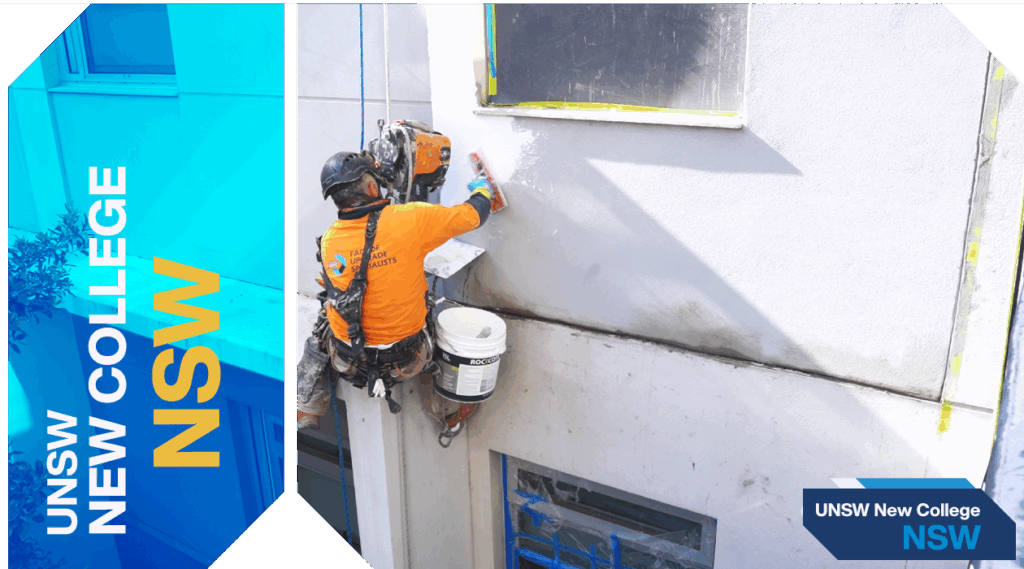
CPR’s Scaffold-Free™ Solution: From Diagnosis to Full Remediation
At CPR, we’ve seen countless buildings stranded after a builder collapse. Our approach is designed to restore both structural integrity and owner confidence—without the cost and chaos of scaffolding.
Our proprietary Scaffold-Free™ access systems—including MARS™, PEARS®, and SkyPod®—allow our Accredited Service Partners™ to inspect, repair, and preserve every inch of your facade with minimal disruption.
These systems are complemented by SKY-FIMMS™, our digital twin technology that captures high-resolution 3D data of your building’s condition. This technology provides:
- Transparent Documentation: A permanent visual record of every defect and repair.
- Accurate Quantification: Pinpoint mapping of structural issues for precise costing.
- Traceability: Proof of quality and compliance for insurance and strata records.
Which means for you—complete clarity, cost savings, and peace of mind knowing your building is structurally sound and future-proofed.
Transparency and Trust Through Data
Traditional remediation often relies on guesswork and competing consultant opinions. SKY-FIMMS™ removes uncertainty. It provides strata committees, engineers, and building managers with objective data that everyone can trust.
Through CPR’s quality assurance systems—SFS360® (Sky Facade Scope 360®) and SE2EPC® (Sky End 2 End Project Care®)—every project is fully documented from start to finish. Our process ensures:
- Visual proof of each repair before and after completion.
- Cloud-based data storage accessible to the committee at any time.
- End-to-end management, from defect identification to final certification.
This level of transparency eliminates disputes, delays, and hidden costs—while restoring trust between all parties involved.
Affordable Doesn’t Mean Compromised
We understand that cost is always the biggest concern for strata committees. But “affordable” doesn’t mean cutting corners—it means cost-efficient, data-backed, and future-ready.
Our Scaffold-Free™ approach reduces setup time, avoids scaffold hire fees, and shortens project duration—saving up to 30% compared to traditional methods. More importantly, it prevents the need for repeat works by addressing the root cause, not just the symptoms.
Future-Proofing With AssetCare™
Once the remediation is complete, our relationship doesn’t end. Through AssetCare™, CPR offers long-term maintenance and preservation plans tailored to your building’s lifecycle.
With scheduled inspections and minor preservation treatments, you can extend your building’s lifespan, maintain compliance, and avoid the sudden costs that catch most committees off guard.
Because at CPR, we don’t just fix buildings—we preserve them for decades.
Don’t Wait for the Damage to Show
If your builder has gone bust—or if you suspect your building may be suffering from latent defects—now is the time to act. Early intervention is your most powerful defence against future financial burden.
Book a Facade Remedial Consultation today and discover how CPR can turn uncertainty into clarity, and risk into reassurance.
Or learn more about our Facade Remediation & Preservation Services here:
